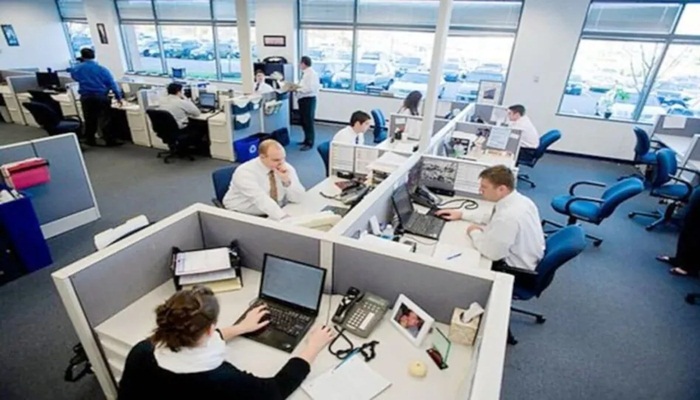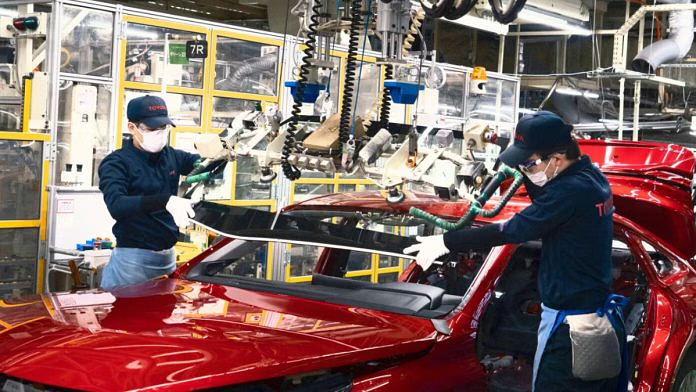Thousands of federal employees returning to office work are facing significant challenges, with many reporting overcrowded facilities, limited resources, and deteriorating workplace conditions.
Employees at a Defense Department installation in the Midwest say office spaces are ill-equipped to accommodate the influx of workers, leading to parking shortages, cramped workspaces, and even a lack of basic supplies.
With cafeterias shut down and cleaning crews stretched thin, staff members have been advised to bring their own toilet paper and take their trash home. Adding to concerns, some buildings have been flagged for potential Legionella bacteria contamination, raising health and safety fears among employees.
Morale has dropped sharply, with workers citing long commutes, childcare difficulties, and a lack of proper infrastructure as reasons for growing frustration. Some employees say they were more productive working remotely and now limit their availability outside of official hours.
“We got way more done at home than in the office, but no one seems interested in facts anymore,” one Defense Department employee told USA Today. “This will end up costing the government more than it will ever save.”
Office space shortages and infrastructure failures
Many government agencies downsized their office footprints during the pandemic, leaving returning employees scrambling for workspaces. At an Internal Revenue Service (IRS) building in Atlanta, limited office seating has led to employees squatting in unassigned cubicles or setting up makeshift workstations in conference rooms and supply closets. Elevator breakdowns in some federal buildings are also creating long delays for both employees and visitors.
At the Food and Drug Administration (FDA) headquarters in Maryland, employees have reported arriving at 6:30 am just to secure a parking space. Others have struggled to find desks, with many forced to work from cars or even storage areas to conduct sensitive discussions.
“We are doing what we can, but this is NOT a situation designed for efficiency,” regulatory health information specialist Kimbra Turner wrote on LinkedIn, describing shortages of essential supplies and malfunctioning equipment.
Administration pushing full-time office return
The return-to-office directive stems from a broader initiative by the Trump administration to reduce government bureaucracy and enhance efficiency. Donald Trump has made it clear that federal workers are expected to comply, stating, “If they don’t report for work, we’re firing them.”
The Office of Personnel Management (OPM) has defended the move, with acting director Charles Ezell emphasizing the value of in-person collaboration for productivity and public service. He added that OPM is working with agencies to ensure a smooth transition and improve workplace conditions.
Despite this, federal employees say the reality on the ground is far from ideal. Many argue that remote work arrangements had already boosted efficiency, improved work-life balance, and helped agencies attract and retain skilled professionals.
As workers continue to navigate the logistical hurdles of the office return, the debate over the effectiveness of the policy is likely to intensify. Whether agencies can resolve these growing workplace concerns may determine the success of the administration’s push to reshape the federal workforce.
Source:






















